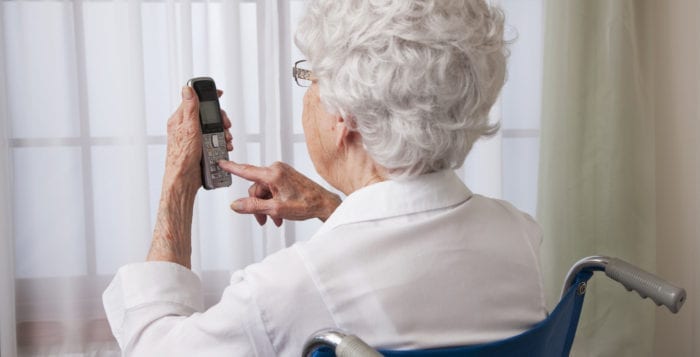Ward Melville High School girls varsity basketball players, parents and residents lent their voices in support for former coach Samantha Prahalis at a district board of education meeting Aug. 21.
The speakers during the board’s public session hoped that they could convince the board to reconsider the decision to dismiss the varsity girls’ basketball coach, which was made earlier this month. But after nearly a one-hour public comment session, the board ultimately sealed the coach’s fate. It would not reevaluate their initial decision to sever ties with Prahalis, a former WNBA player, and she would not be returning to the sidelines.
William Connors, Three Village board of education president, delivered the news to the crowd through a prepared statement.
“While the district does not comment on matters of personnel, I can say the coaching position for the Ward Melville [girls] high school varsity team currently remains open for the 2019-20 school year,” the board of education president said. “The district will not be filling this annual appointment with the individual who served in that role for the past two years. As such, we are in the process of selecting the most qualified individual to lead our team next year.”
Supporters of Prahalis questioned the board’s reasons for the dismissal and argued they acted too harshly. Some also felt that the district ignored and chose not to meet with students during the board’s investigation of the former coach.
“They have been trying to reach out to you from May 19,” said parent Gina Agostino. “We sent out a letter that day because players wanted to share their feelings on coach. Emails have been ignored, phone calls were not returned, request for meetings were blown off. You chose not to hear their voices … and treated them like adversaries the entire time.”
District officials disputed those claims saying they had reached out to parents.
Chris Agostino said the fact that the district would have their own agenda is embarrassing.
“I’ll tell you something, if I had students like this standing up for a coach the way these young ladies are, its powerful,” he said. “… What I don’t understand is that you get one complaint, maybe two complaints from parents or players and as a board you acted. You never listened to these students. You’re not looking out for them. If you were, you would understand how they feel.”
A parent of a former varsity girls basketball player said he supported the decision to release the coach. He detailed how in May he received a phone call from the district asking for permission for his daughter to be surveyed by the district’s athletic department regarding Prahalis and the basketball team.
He said he told his daughter to tell the truth and others did too and added that it was more than two complaints.
“My daughter for three years was treated terribly and was abused verbally and mentally without the board knowing, she wanted it that way and I stood by her,” he said. “Sammy’s [Prahalis] abusive record speaks for itself and anyone that asked about her knew about her reputation.”
Six former players of Prahalis were present at the meeting. Many of them spoke of how their coach was the best mentor they ever had and how they had learned and grown so much as a player during that time.
“Coach has transformed me not only as a better basketball player but also as a better person,” said Katherine Kelly, a rising senior on the varsity team. “She helped me gain the confidence I’ve been lacking on and off the court. She helped recognize my potential … She has made this team a family.”
This summer the team won in their league during the Brookhaven Town recreation program playoffs and credited their former coach for the strong summer season.
Cheryl Pedisich, Three Village superintendent of schools, spoke toward the end of the meeting to clarify some things parents brought up, including that she had said to Prahalis in a meeting that the district had failed her.
“I said the district had failed her in not giving her the proper mentorship, that I think every coach deserves, every new coach deserves,” she said. “For new coaches that don’t have that opportunity to know how to work with students is a travesty. That was something incumbent on the district and the former athletic director to make sure that happened for all new coaches. Moving forward every coach that is new will be mentored in an appropriate way.”
Post was updated Aug. 30 to include a statement from Three Village district officials.


















